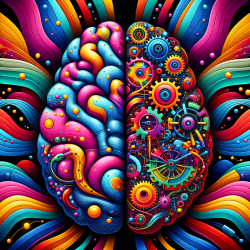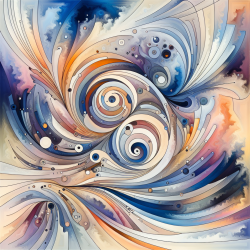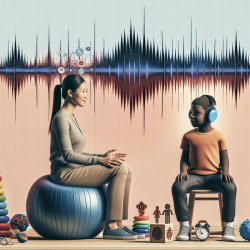Introduction
In the ever-evolving field of psychiatry, the quest to understand the complexities of psychosis has taken a significant leap forward with the advent of ultra-high field (UHF) neuroimaging. This cutting-edge technology, which includes magnetic resonance imaging (MRI) and magnetic resonance spectroscopy (MRS) at field strengths of 7 Tesla and above, offers unprecedented insights into the multiscale dysconnectivity that characterizes psychotic disorders such as schizophrenia.
What is UHF Neuroimaging?
UHF neuroimaging refers to the use of MRI and MRS at magnetic field strengths greater than or equal to 7 Tesla. This technology provides several advantages over traditional imaging techniques, including higher signal-to-noise ratios, improved spatial resolution, and the ability to visualize smaller brain structures. These improvements allow researchers to explore the intricate web of brain connectivity at multiple scales, from the cellular level to the behavioral and social levels.
Key Findings from UHF Neuroimaging in Psychosis
Recent research has highlighted several critical findings from UHF neuroimaging studies in psychosis:
- Microscale Insights: UHF-MRS has revealed alterations in key neurotransmitters such as glutamate and GABA, which are implicated in the synapse-level dysconnectivity observed in psychosis. These findings have important implications for understanding the neurochemical underpinnings of psychotic disorders.
- Mesoscale Discoveries: UHF-MRI has enabled the visualization of structural and functional dysconnectivity in brain networks. For example, studies have identified abnormalities in the cingulum bundle and cingulate cortex, which are associated with specific psychotic symptoms.
- Multiscale Associations: By integrating data across multiple scales, researchers have begun to unravel the complex interactions between cellular, network, and behavioral disruptions in psychosis. This holistic approach offers a more comprehensive understanding of the disorder and paves the way for precision psychiatry.
Implications for Practitioners
For practitioners working with individuals affected by psychosis, the insights gained from UHF neuroimaging can inform clinical practice in several ways:
- Enhanced Diagnostics: The ability to detect subtle neurochemical and structural abnormalities can improve diagnostic accuracy and help tailor treatment plans to individual patients.
- Precision Treatment: Understanding the specific neurobiological disruptions in each patient can guide the selection of targeted interventions, potentially improving therapeutic outcomes.
- Longitudinal Monitoring: UHF neuroimaging can track changes in brain connectivity over time, providing valuable information about the progression of the disorder and the effectiveness of interventions.
Future Directions
While UHF neuroimaging has already provided valuable insights into the nature of psychosis, there is still much to learn. Future research should focus on:
- Expanding sample sizes to ensure the representativeness of findings and explore the effects of demographic and clinical variables.
- Conducting longitudinal studies to understand the dynamic nature of psychosis and the long-term impact of interventions.
- Integrating UHF neuroimaging with other modalities, such as genetic and behavioral assessments, to develop a more comprehensive picture of psychotic disorders.
To read the original research paper, please follow this link: Ultra-high field neuroimaging in psychosis: A narrative review.










